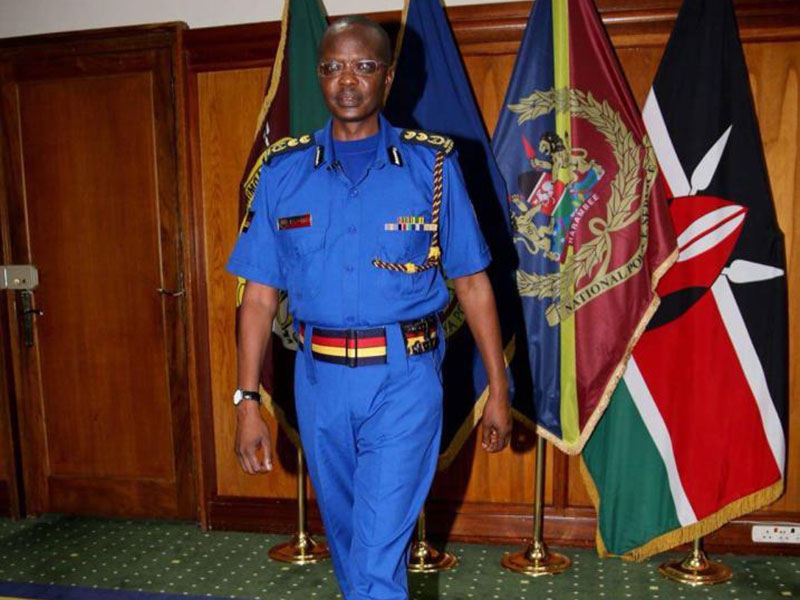×
The Standard e-Paper
Informed Minds Prefer The Standard

The material used to make the new police uniform is unavailable, just three months after President Uhuru Kenyatta unveiled the new gear.
Yesterday, police chiefs were working extra hard to secure the fabric ahead of this week's deadline for officers to wear the new Persian blue uniforms.